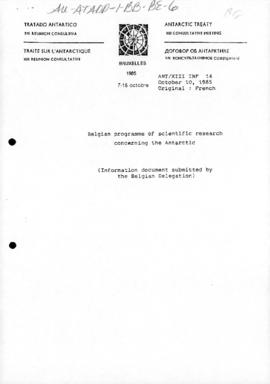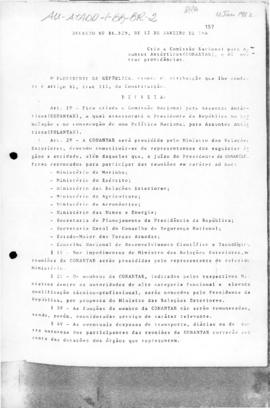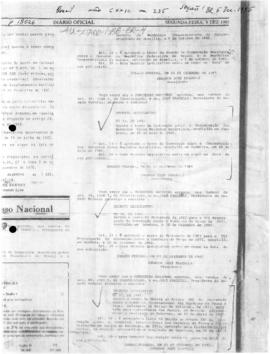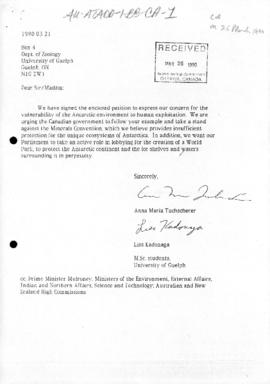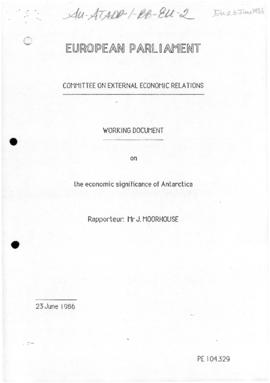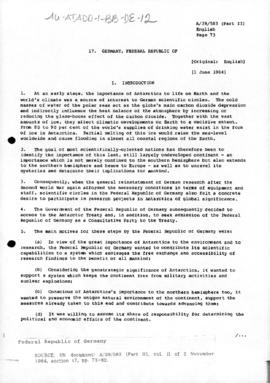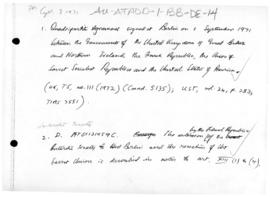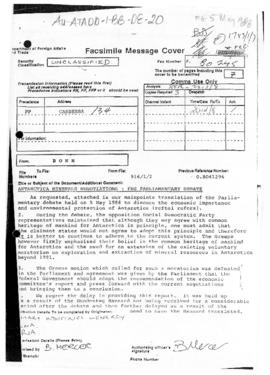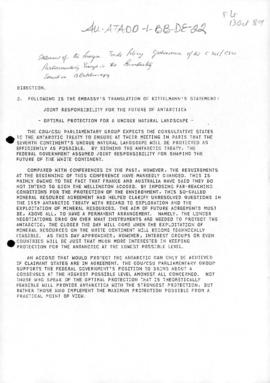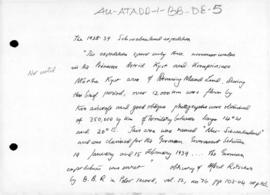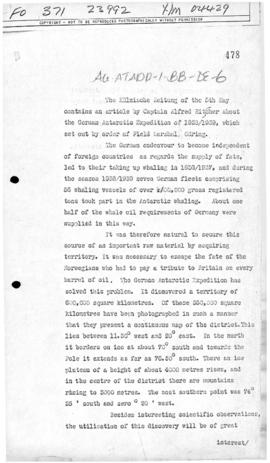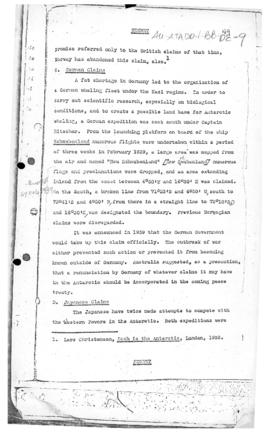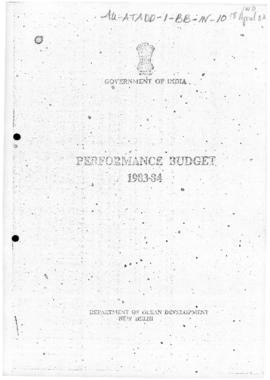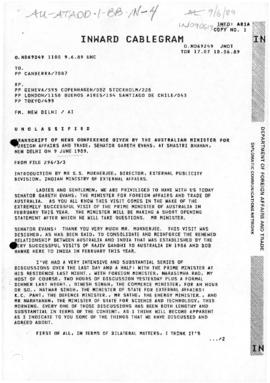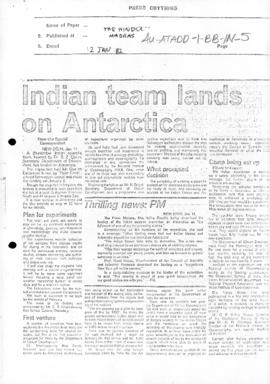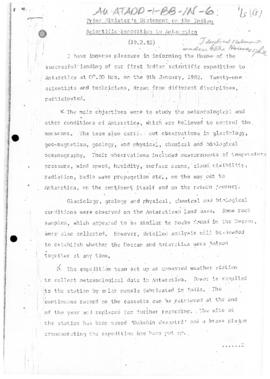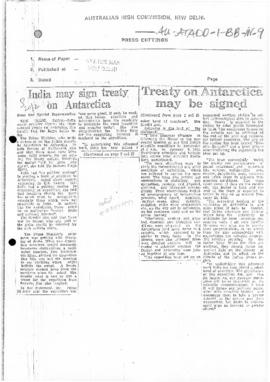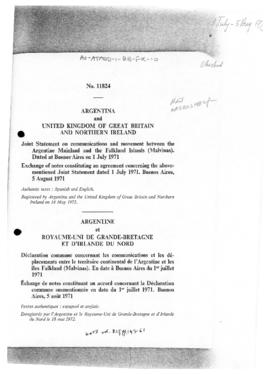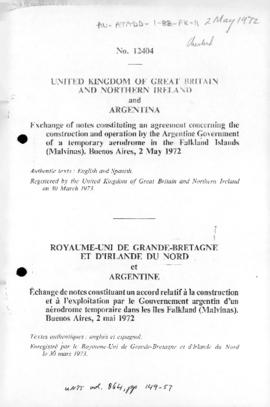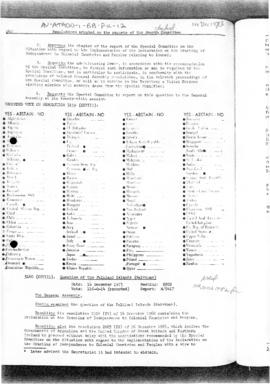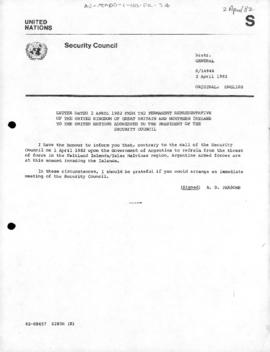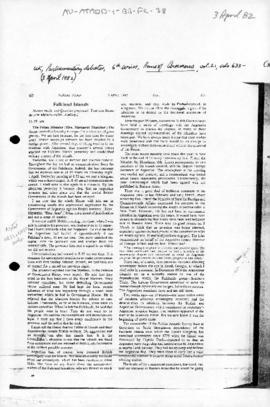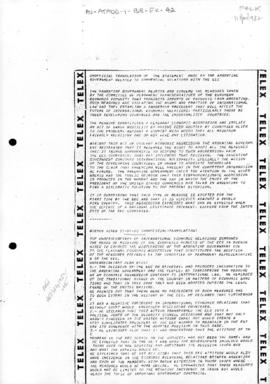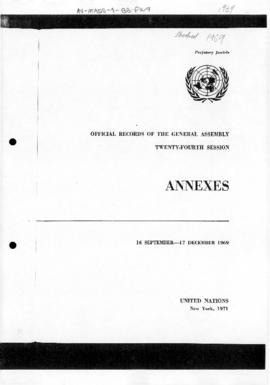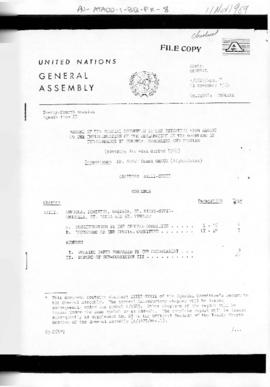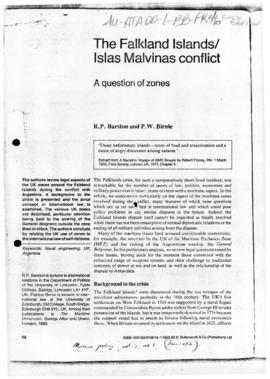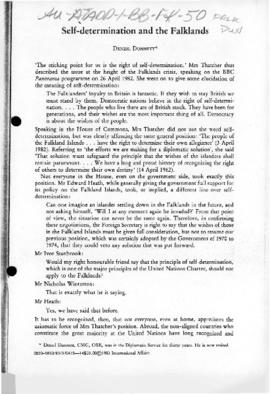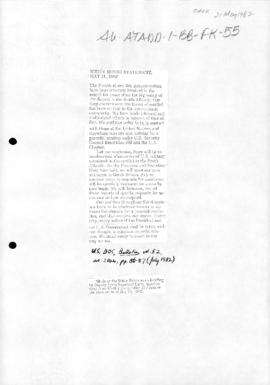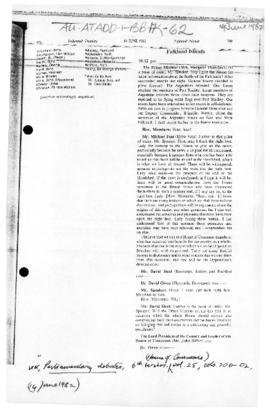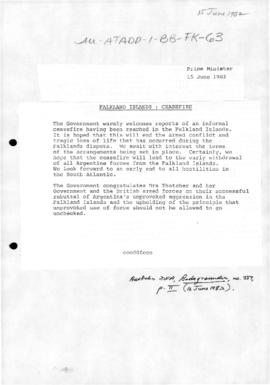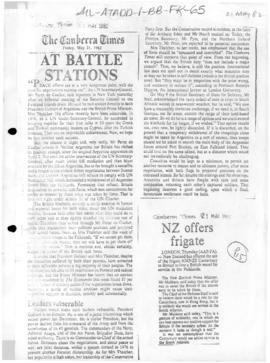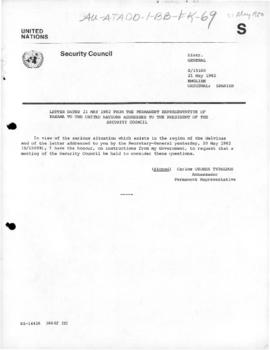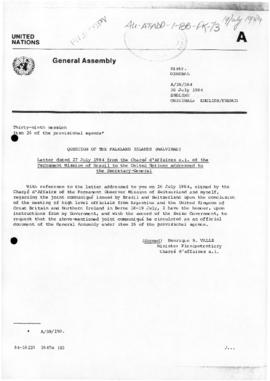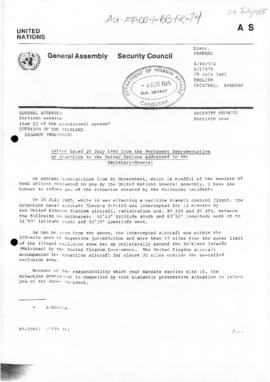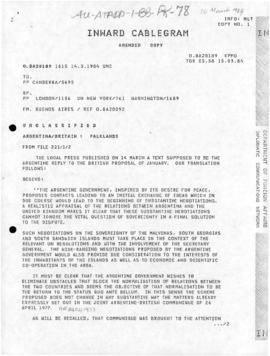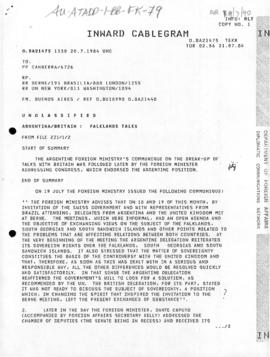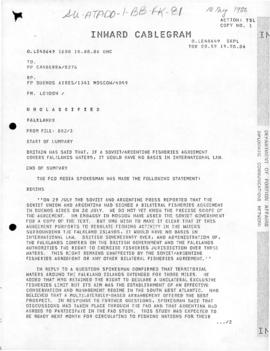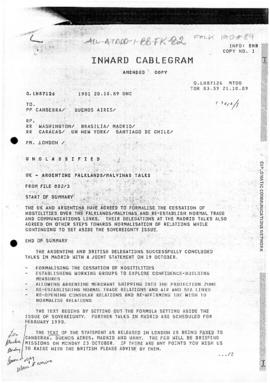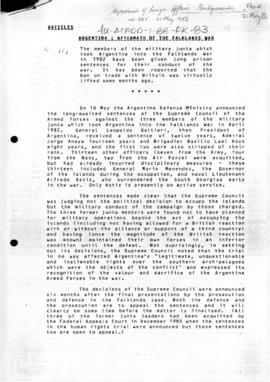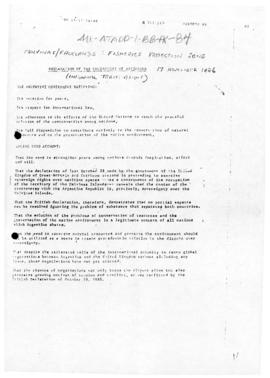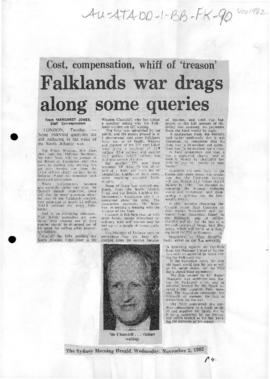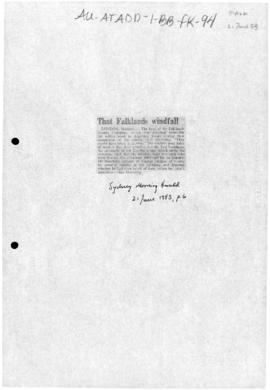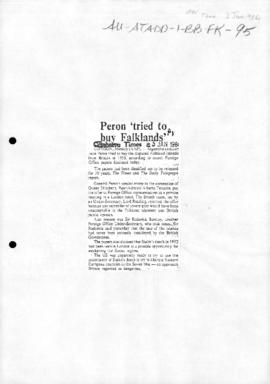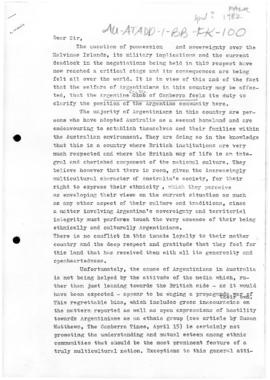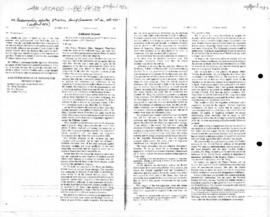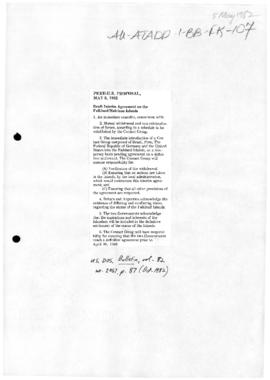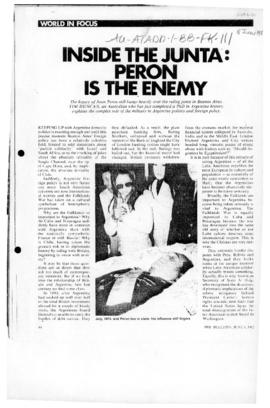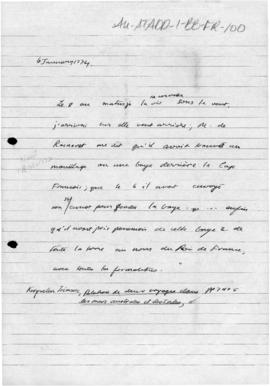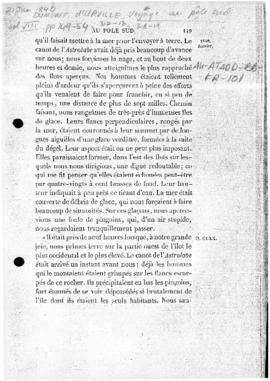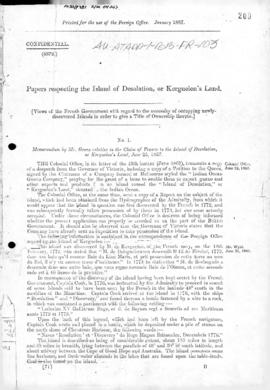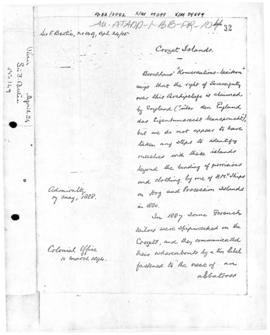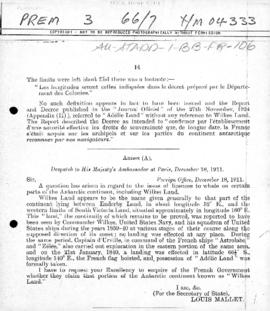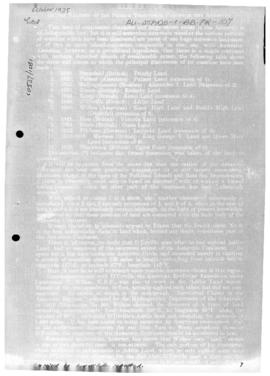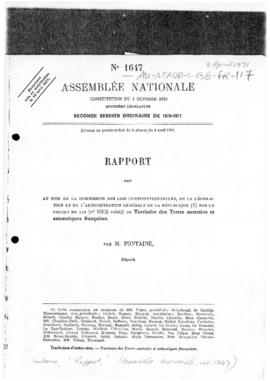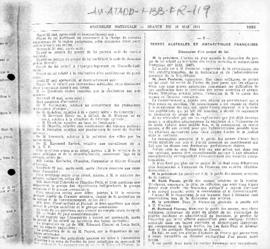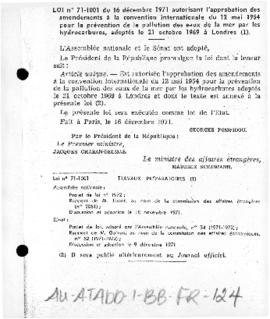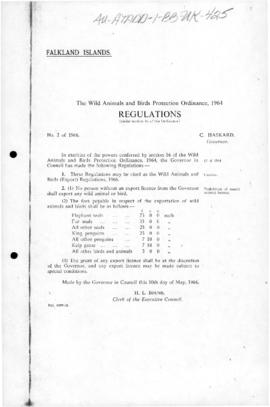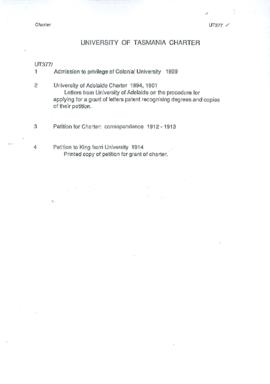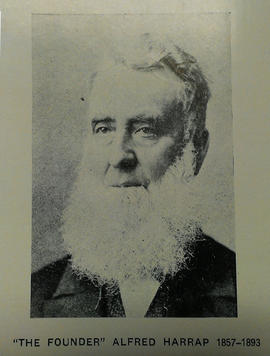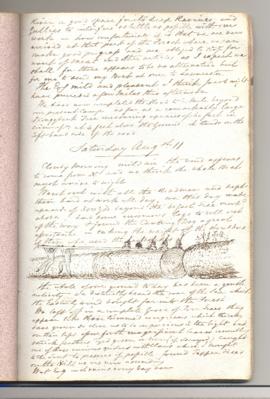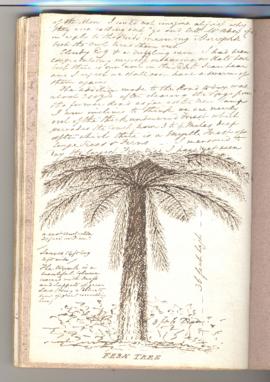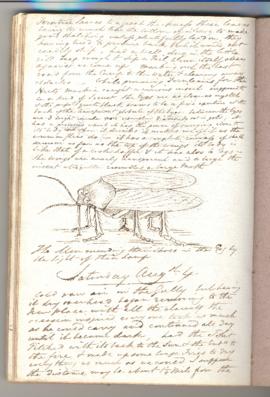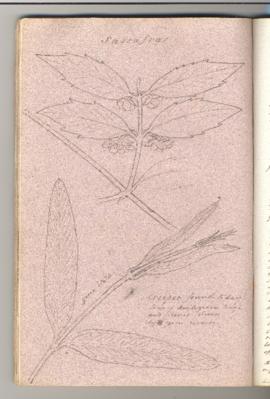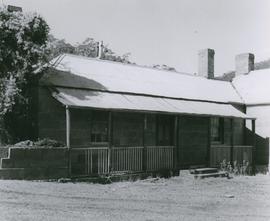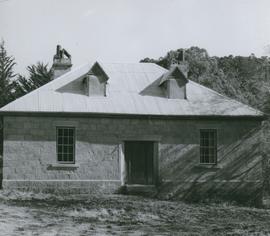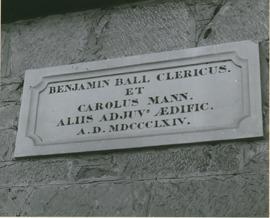Diary of kept by William Henty on his voyage to Van Diemans Land in the period 26 August 1836 to 6 January 1837.
William Henty's journal of his voyage on the "Fairlie" to V.D.L. accompanied by his wife, Matilda, their baby boy (referred to only as "Baby" or "Babet") and their servants Mr and Mrs Hutson. Other passengers included the new Lt.Governor of V.D.L. Sir John Franklin and his lady and their party, making 32 adults at table in the cabin (plus servants and others in the steerage, a total of 216 souls apart from the crew). To make room at the table some of the ladies dined with the children who were served their meals earlier.
Henty commented that "Sir John and his lady try to put everyone at their ease and require no state" Archdeacon Mayres, also on board, regularly read evening prayers and "reads beautifully". Once they were in calmer and warmer waters Sir John's piano was brought on deck and with Miss Kracoft [Cracroft] as "chief musician" 7 or 8 couples danced country dances, quadrilles, etc., allowing the games of leap frog, French and English etc to decline. The traditional King Neptune revelries on crossing the line were forbidden by the Captain and the occasion was marked simply by launching a lighted tar barrel. The Henty's were, however, mainly occupied with their young baby who was sickly. Henty washed and dressed the baby himself when his wife was seasick, although their servants were attentive. The baby was fed on arrowroot and water three times a day plus rusks and a little gravy from the children's dinner and then was put to sleep during the day in the arms of Hutson or his wife or on the hen coop. He was teething, had a bowel complaint and developed a cough and swollen and sore hands and feet, thought to be due to the wet state of their cabin. Henty hoped a spell ashore at the Cape would cure him but his journal entries cease after nearing The Cape on 31 October until Monday 12 December 1836 when he records the death of their baby son on the previous Friday. Hutson had laid him out and made a little black coffin. There were several deaths, too, among the steerage passengers and when an Irishwoman died leaving a baby the Archdeacon promised the father a job on landing and offered to have the child taken care of but he refused to part with it. Before they reached The Cape, however, Henty described shipboard life, noting the tremendous noise of the ship's work, especially scraping the decks in the early hours of the morning, the food provided which he considered very nice - plenty of fresh meat with puddings, bread and biscuits, passing ships - one "having a blue streak painted round her denoting the death of the captain or owner, flying fish, shark, Portuguese "men of war" and other sea creatures.

